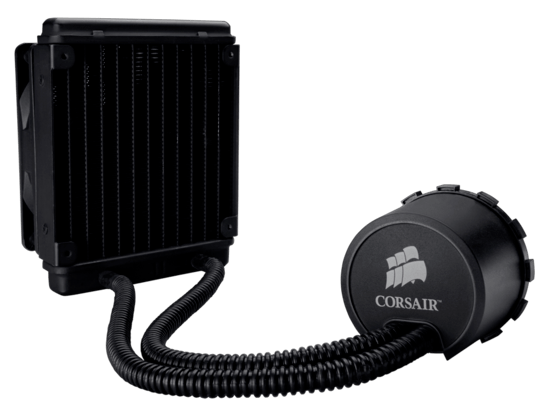Skip the liquid cooling while you are learning. You can typically get a very good OC out of Intel chips on air, you really only need liquid if you are running the vCore (CPU Voltage) at a dangerous level and need the extra heat removal. At a safe vCore, you will most likely hit a CPU or system clock limitation before you will hit a heat limit as long as you have a good aftermarket cooler.
Tom's Hardware and Extreme Overclocking both are good places to start looking for advice on OCing, but since every chip is different, and every combination of motherboard, CPU, RAM, and PSU will yield different results, there is no real way to hold your hand through it. Trial and error is your friend, you'll quickly learn where your BIOS reset jumper is on the motherboard :)
Here are some basic facts regarding overclocking
System Clock
The System Clock is the central device in the computer from where most other component frequencies are derived. On Intel pre-I7 generation you could not directly control this. On AMD and current I7 boards, you can modify this directly.
FSB
The FSB, which is now antiquated, but is still relevant for most of the processors in circulation, was typically a multiple of the system clock and raising the FSB would actually raise the system clock. Intel motherboards had a 4x multiplier on the FSB, meaning that FSB = system clock * 4. So a 1333HMz FSB would have the system clock set at 333MHz. Raising the FSB to 1600MHz would raise the system clock to 400MHz.
CPU
Each CPU has its own multiplier that is used to derive its speed from the system clock as well. A Q6600 from Intel has a 9 multiplier and was spec'd to run on a 1066MHz FSB.
1066/4 = ~266 which is the system clock
266 * 9 (multiplier) = ~2.4GHz which is where the speed is derived from
If you increase the FSB or System clock directly (depending on what motherboard/cpu you have) you increase the frequency that all other components that tie into it operate at. This includes RAM as well, luckily on most motherboards you can control the RAM multiplier, allowing for high FSB/CPU speeds with relatively normal RAM frequency. RAM is the least overclockable component of the bunch.
These are the basics of how the components inter-relate to each other.
Voltage
Components are spec'd to run at certain voltages, the higher the voltage, the faster you can make it run, but the more heat it generates. Also, if the voltage is extremely high you can actually physically damage the component.
DDR2 RAM for example is spec'd to run at 1.8v, but it can safely be run at 2.1v and some RAM will even tell you to run it at 2.1v if you want the advertised speed (Corsair, I'm looking at you.) It is entirely possibly that an 800MHz stick of RAM rated at 1.8v is the exact same as a stick that is rated at 1066MHz with slightly looser timings and requires 2.1v, yet you will pay more for the 1066MHz module.
This is just a rough outline, but if you google "safe voltage for ..." you can get a good feel for where others that have already successfully OC'd their components are stopping and where heat levels get unbearable. As long as you know where the reset jumper is and keep the voltages safe there is a relatively low risk of you actually damaging anything.

2+1 For the BIOS reset comment. Sometimes the first thing I look for. Also newer Gigabyte motherboards make overclocking easier with the settings built into the BIOS. – BinaryMisfit – 2009-12-03T13:13:26.327
So to clarify, if you're doing only mild overclocking, in a well ventilated room, you should be safe using air cooling? – JL. – 2009-12-03T15:16:07.547
Even with high overclocking you can do it on air with good cooling. I have a Q6600 which is a 2.4GHz quad core that is running at 3.2GHz on air with a Freezer Pro 7 cooler. The only time you need water is if you are setting the voltage on the CPU very high – MDMarra – 2009-12-03T16:24:34.850